Both Low Voltage Technicians and Electricians are great long-term career choices. With just a few years of experience, you can have a thriving career working in both of these fields. With the majority of workers in these industries being an older generation that is soon to retire, there is a growing demand in these fields.
In this article, we’ll break down important aspects of each to differentiate which career choice is better for you.
What Each Do
Low Voltage Technician
Low voltage technicians are electrical professionals who install and maintain low voltage wiring systems such as alarm systems, security systems, and fire alarms. Low voltage is generally considered to be less than 50 volts, with little or no risk of fire or shock. Examples include telephone, local area network, and on-site fiber optic network systems. Low voltage technicians are specially trained to work with the wiring for these voltage ranges and systems. Low voltage technicians can work alone, or in teams, to rewire and work in old homes, new home construction, and industrial and commercial buildings.
Electricians
Electricians install, maintain, and repair electrical wiring, equipment, and fixtures. Electricians ensure that work is in accordance with building codes. They install or service street lights, intercom systems, or electrical control systems. They also plan layout and installation of electrical wiring, equipment, or fixtures, based on job specifications and local codes. Place conduit, pipes, or tubing, inside designated partitions, walls, or other concealed areas, and pull insulated wires or cables through the conduit to complete circuits between boxes.
What Are the Responsibilities of Each?
Low Voltage Technicians
Read Blueprints and Plans
To install electrical systems, low voltage technicians typically start by reading drawings, schematics, blueprints, and other visual aids that tell them where and how to install each component of the system.
Diagnose Problems
When things go wrong with a low-voltage system, the technician runs several diagnostic tests to determine whether there’s an issue with the wiring or a part, or if the entire system requires replacement. If they work for a company that serves clients, they must visit the customer’s residence to inspect the system in person.
Prepare Estimates
As the experts in low voltage systems, it’s the low voltage technician’s job to determine what tools and materials they need to install or repair a system, along with the likely cost and time for completion. They give this estimate to the client or submit documentation to their supervisor for approval.
Maintain Records
Any time they install, repair, or update a system, low voltage technicians make a detailed log of what they did. For consumer-oriented businesses, they note the customer’s name and address, as well as what kind of system they installed and what materials they used. If they install systems at their workplace, they keep a detailed inventory of all parts and materials, as well as anything they use and anything they order. They also make note of problems, malfunctions, and repairs.
Electricians
- Connect wires to circuit breakers, transformers, or other components.
- Test electrical systems or continuity of circuits in electrical wiring, equipment, or fixtures, using testing devices, such as ohmmeters, voltmeters, or oscilloscopes, to ensure compatibility and safety of system.
- Use a variety of tools or equipment, such as power construction equipment, measuring devices, power tools, and testing equipment, such as oscilloscopes, ammeters, or test lamps.
- Inspect electrical systems, equipment, or components to identify hazards, defects, or the need for adjustment or repair, and to ensure compliance with codes.
- Prepare sketches or follow blueprints to determine the location of wiring or equipment and to ensure conformance to building and safety codes.
- Diagnose malfunctioning systems, apparatus, or components, using test equipment and hand tools to locate the cause of a breakdown and correct the problem.
How Much Does Each Make Per Year?
Low Voltage Technicians
The average salary in the United States hovers around $38,000. Working for a company like Flex Tech who has project-ready clients will be able to earn $20 to $35 per hour, depending on experience.
Electricians
The median annual wage for electricians is $61,590 as of April 2025.
Which Career Outlook is Better?
Low Voltage Technician
Between the years 2018 and 2028, low voltage technician jobs are expected to undergo a growth rate described as “faster than average” at 10%, according to the Bureau of Labor Statistics. So if the thought “should I become a low voltage technician?” has crossed your mind, maybe you should take the growth rate into account. In addition, the number of low voltage technician opportunities that are projected to become available by 2028 is 74,100.
Electrician
The employment of electricians is projected to grow 8 percent from 2019 to 2029, much faster than the average for all occupations. Homes and businesses continue to require wiring, and electricians will be needed to install the necessary components.

